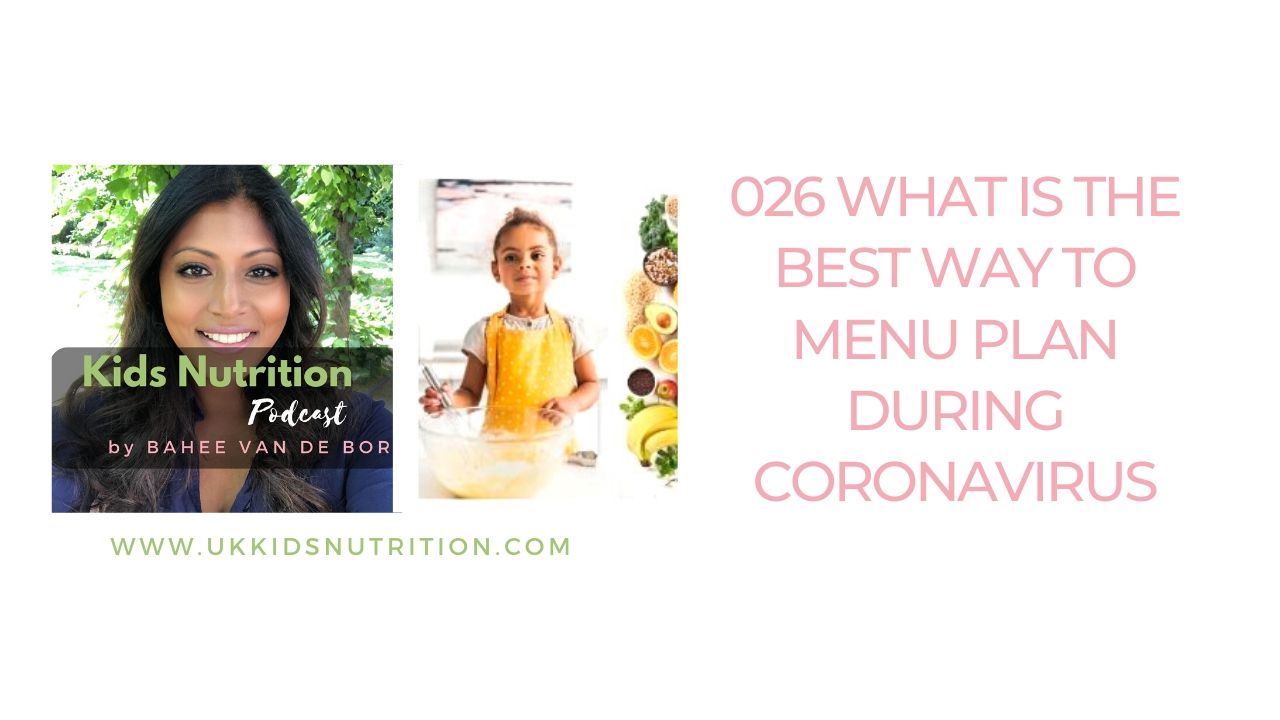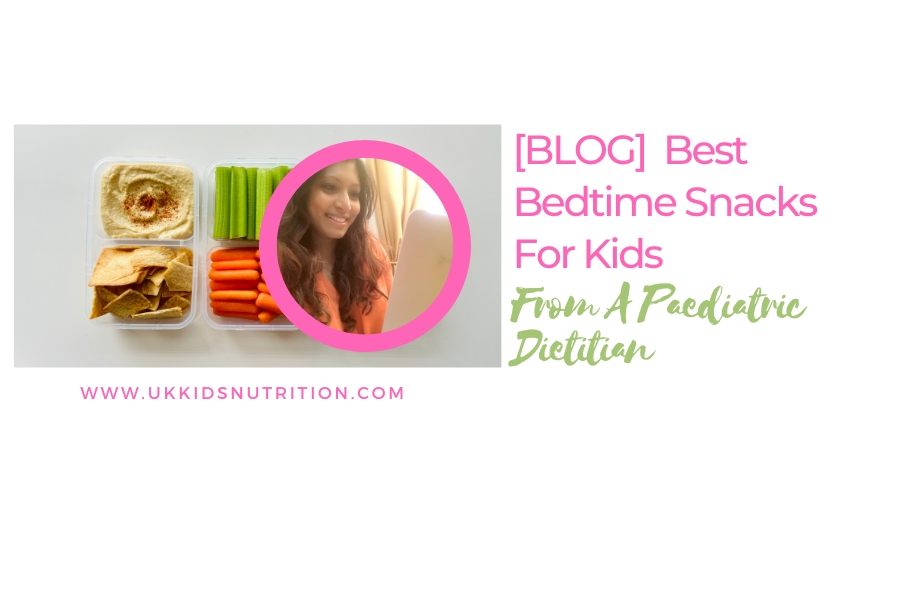Subscribe: Apple Podcast | Email Me New Episodes | Spotify | Stitcher
You might think that panic buying is the solution to surviving menu planning, but it really isn’t.
How to menu plan during coronavirus
It’s tempting to head straight to the shops and stockpile just because your budget allows you to.
But be warned that this will quickly backfire as it’s incredibly important to take a systematic approach when you first start thinking about how to write a menu plan.
Besides, as a girlfriend said to me, there’s only so much that you can do with twenty bags of pasta.
Meal planning for your family doesn’t need to be complicated either. To reduce overwhelm and menu planning stress, start by writing a menu plan.
If you are juggling remote working and running a daycare for the kids then do plan your meals. Your kids will appreciate it too and will soon stop that all too familiar phrase “Mummy I’m hungry”.
A menu plan is essential for managing mealtime stress with your fussy eating baby, toddler or older child.
Remember, they too are adapting and learning to adjust to this new ‘normal’ during the coronavirus pandemic. Children crave routine and a certain element of normality, so menu planning can help with this.
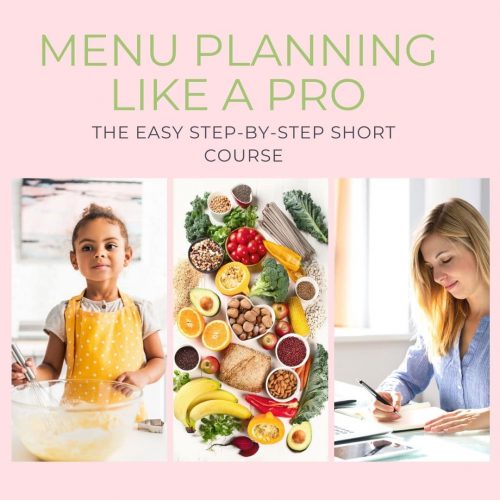
Should you start with immune-boosting foods when writing a menu plan during coronavirus?
This is a great question that many clients have asked. Of course, you should include immune-boosting foods during this worrying time.
Variety in the diet is important, however, if you are new to writing a menu plan during the coronavirus pandemic, then the best way to menu plan is to start with a weekly meal planner that’s simple and easy to execute.
If I’m honest, this is not the time to dive into gourmet or complicated recipes. Start with a small handful of your family’s favourite recipes when first writing your simple meal plan.
Foods that boost your immune system will naturally start to trickle into the initial draft of the simple meal plan. You can gradually expand on your favourite family dinner ideas and incorporate new meal ideas into the menu design when you feel confident about sourcing the ingredients.
Remember, writing a menu plan is the easy part. You still need to source the ingredients, particularly any hard-to-find ingredients that may fall under the immune-boosting foods category. Don’t forget to consider the time it takes to meal prep and also cooking times.
A menu template for your first weekly meal planner
When first writing a menu plan during the coronavirus, meal planning for beginners can be simplified by breaking the day up into different meals.
So grab a pen and paper and jot down your family’s favourite breakfast, lunch and dinner meals. When you purchase my online course on menu planning, you’ll get an emergency shopping list, menu planning templates and a menu planning guide in the How To Menu Plan Like A Pro, online course.
Meanwhile, see the suggestions below if you need help with your weekly meal planner during this coronavirus.
Example weekly meal planner
Breakfast
Milk Free Wholemeal Fruit Bread with a spread of nut butter
Mung Beans dishes
Dairy Free Banana Pancakes With Pumpkin (skip the pumpkin if you can’t source it)
Lunch
Aubergine, Mince and Chickpea Stew
Butternut Squash & Coconut Soup with leftover bread
Dinner
Easy Salmon and Haddock Fish Cake
Chicken and Mushroom Tagliatelle
The next step to writing a menu plan during coronavirus
As you can see, once you’ve identified a few solid recipes with ingredients that your kids love, ask the following questions.
- are the ingredients easy to source?
- do you need to plan for any substitutions?
- do the meals include important nutrients that have a role in immunity?
If your child has a dairy allergy, then you need How To Design The Best Dairy Free Meal Plan.
However, when designing your meal plan with dairy free meal ideas, as above, do start with a few recipes to build your core menu plan during coronavirus.
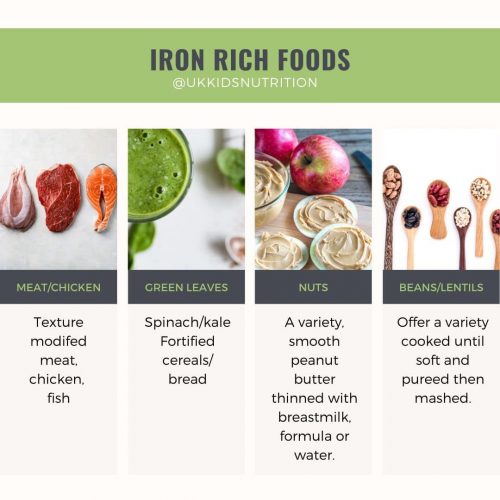
Include iron-rich foods in your meal plan during coronavirus
Iron deficiency anaemia is one of the most common complications for children who are fussy eater with or without poor growth.
Research suggests that up to 50% of 1-10-year-old children experience some degree of fussy eating. Iron deficiency is therefore a common worry and parents should always incorporate iron-rich foods when writing a weekly meal planner.
Iron is an important mineral for growing children as it makes haemoglobin which transports oxygen in the body to important organs and muscles.
Iron-rich foods are also undoubtedly some of the best immune-boosting foods. It has a role in maintaining a healthy immune system.
If your child is not keen on meat, chicken or fish, then see:
Do incorporate iron-rich foods at every meal where possible when writing your meal plan during the coronavirus.
Including snacks in the menu plan during coronavirus
If your children are anything like mine, then they are always hungry. At one stage, my 2-year-old insisted that breakfast and snacks be available from 7-11 am with a short break before lunch at 12 pm.
You may also need to adjust for reduced activity levels if the children are home from school. Having said that, if they are bouncing off the walls, sofa or garden then they will be burning a fair amount of energy.
So it’s really important to include a few different options for nourishing snacks for their hungry bellies.
Have a look at:
The good news is that now that school is off the table, nuts can be back on the weekly menu planner. Nuts are a fantastic snack for kids as they house many of the immune-boosting nutrients, and fibre and are an excellent source of plant protein.
Writing a menu plan for a fussy eater this coronavirus
Are you worried about a fussy eater?
I recommend joining the waiting list for the fussy eating online program called The Best Way To Help Fussy Eating Baby, Toddler & Older Child.
I’m not sure if it’s for you, but if you are results-driven like many of the clients I’ve worked with, then book a free assessment here.
Meanwhile, I take you through some quick tips on how to involve your child when writing your menu plan in the first video of the How To Write A Menu Plan Like A Pro.
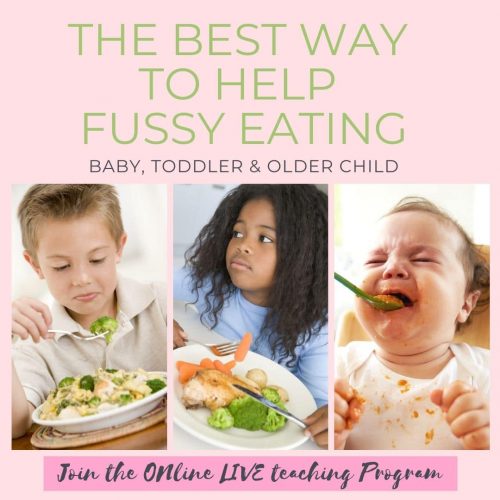
Finalising your meal plan for coronavirus
If you have a fussy eater and you are worried about writing a nutritious meal plan for your family, purchase the short online course on How To Menu Plan Like A Pro.
In video two, I’ll take you through how to revamp online recipes or favourite family recipes using a quick recipe screening tool that I’ll be sharing with you.
It’s a quick and easy way to make sure that the chosen meal ideas for your meal plan during the coronavirus are nutritionally balanced for you and your family.
Best tips on writing a menu plan during coronavirus by dietitians on Instagram
Over at Instagram, I asked for the best tips on menu planning and here’s what some of my dietitian and nutrition friends have said so far:
- Track what the favourites are, make a list of new foods to introduce and make it a point to combine them at meals, says Jamie Lee McIntyre
- Let them plan with you, says Ashley Martinez
- Make sure that there is always something like in the planning but also new items to try, says Jenn Lefton
- Letting everyone pick a meal or a favourite ingredient! I let my kids choose one side a night, says Caitlin Lewis
- Trying to involve everyone in the planning, and trying not to get stressed, says Christine Kenny
- Including them in the preparation and cooking, says Jacomie Nel
- Best thing is to not add stress to meal time. Encouraging trying new foods. Having them help cooking too, says Tamra Rosenfeld
- I’m using recipe ideas for the first time ever! I usually cook with random ingredients as I go because we went to farmers’ markets regularly and I never had to put much thought into meals… Now that I’m shopping once a week, I have recipes and meal ideas planned so I can make sure I have the ingredients… everything changed and shifted in terms of how I plan and make meals, says Nicole Marchand
- Deconstructed meals, including them in the prep/cooking, establish a routine, says MARIANA DINEEN
- Definitely patience! says Chiara C Chase
- Letting them help prepare meals and have a lot of patience says Andrea
- Just using what I have in the fridge. Trying to be creative says Danielle
- Having something familiar is key!! says Green Grown Meals
- Being able to get ingredients. Making the family meal a form of social contact, enjoy it. Get the kids involved in preparing the meal says Sarah
How To Menu Plan Like A Pro Online Course
Need personalised help?
Would you like to meet a children’s dietitian and nutritionist who has successfully helped families solve their nutrition problems from around the world?
Whether you are worried about picky eating, have a suspected dairy allergy or need to help your child build a healthy relationship with food, I’ll help you manage these with confidence.
For bookings and enquiries book a free initial consultation here and I’ll help you choose which of my paid services will be best. Note that the 1:1 fussy eaters program is now available. It is a combination of consultations with a highly specialised paediatric dietitian and video teaching tutorials. Book a free initial consultation to enquire.
